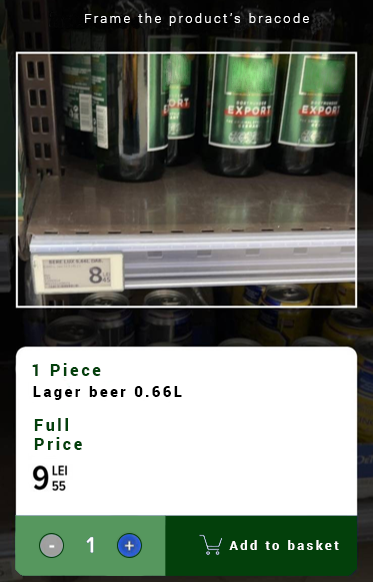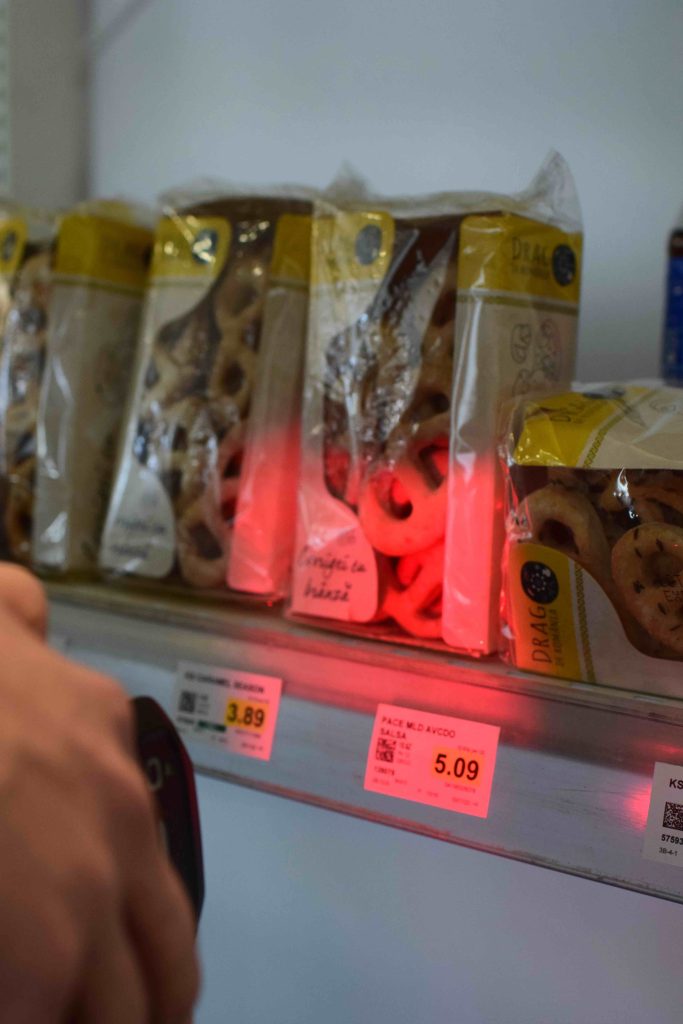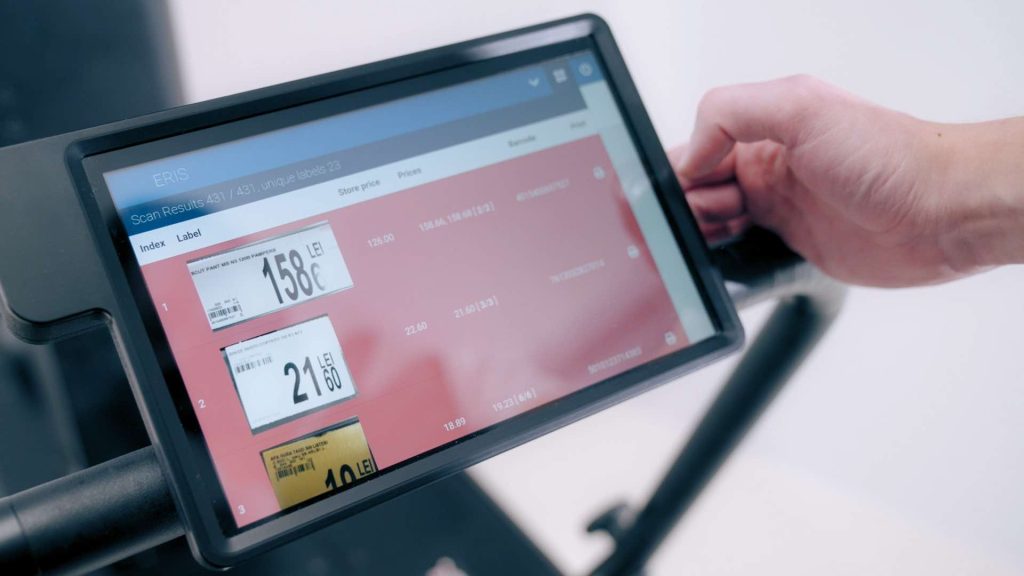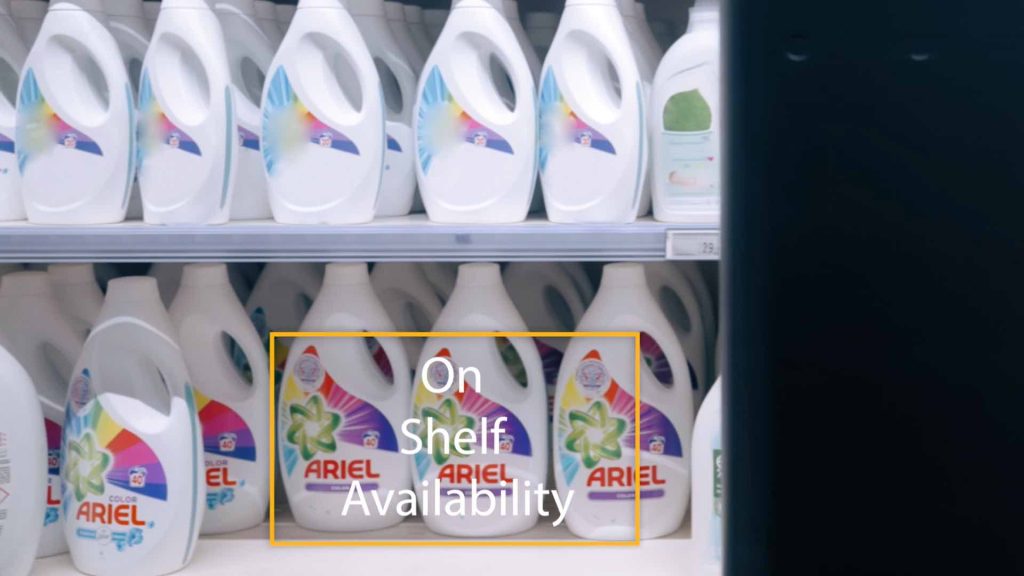By Ioana Macaneata, Marketing Specialist at Adapta Robotics
The retail industry is no stranger to change. In the past hundred years, it has advanced from store clerks fetching products from behind a counter to autonomous robots and AI-powered solutions becoming a part of store staff. Transitioning from smart retail to new technologies and approaches that meet demand is the natural course of events for retailers trying to maintain efficiency in their operations. Facing rising expectations, the bridge between the outdated manual audit and difficult-to-adopt autonomous solutions can be eased by human-robot cooperation.
Changes in the Retail Scene
Up until the beginning of the last century, the shopping experience was based on shopkeepers interacting with customers, delivering them needed goods from behind a counter. In 1916, the American chain store Piggly Wiggly, changed the face of retail forever by designing the first self-service store, which aimed to optimize operations, reduce waste and appeal to the customers’ time and money.
Originally, customers were handled one at a time. However, the convention of first in, first served brought with it frustration for shoppers who waited indefinite periods of time while the shopper in front had their list fulfilled, prompting retail to switch to more efficient operations – self-service.
Retail has traditionally been a labor-intensive industry, characterized by tasks such as stocking shelves, forecasting customer demand, maintaining price label accuracy, and ensuring inventory management. The shortcomings of manual labor in these tasks have led to considerable revenue loss worldwide, a problem exacerbated by the pandemic’s strain on labor markets and supply chains.
The Rise of Omnichannel Retail

The already rising popularity of online shopping has been accelerated by the pandemic wave, a trend that prompted a focus on providing cohesive shopping experiences. To do so, retailers have adopted omnichannel retail, integrating multiple shopping channels (online-offline) to offer a unified customer experience. They are tasked with creating a complete, seamless, and mistake-free shopping journey, irrespective of whether customers shop online or in-store. However, implementing an effective omnichannel strategy comes with its challenges, from maintaining consistent inventory levels across platforms to ensuring price accuracy.
As the retail industry navigates these seismic changes, it is becoming increasingly apparent that retail robotics will play a crucial role in shaping the sector’s future.
Smart Retail
Smart retail uses technology to upgrade customer service and achieve operational excellence in all aspects of retail management. This has become a priority for retailers since consumer expectations for in-store experiences continue to rise and retail staff are faced with increasing tasks and challenges.

The reality shows a new era of smart retail, where manual processes are replaced by electronic inventory, digital price labels, advanced camera solutions, and inventory management robots. Amid this transformation, retailers have experimented with varying degrees of automation and digitization, including electronic shelf labels (ESLs) and store-monitoring cameras, marking the beginning of a shift towards more efficient retail operations. However, issues such as limited battery life and vendor lock situations present barriers to the full realization of these technologies’ potential.
On the other end of the spectrum is the popularization of innovative technologies such as autonomous robots that roam store aisles, scanning on-shelf inventory or price tag bar codes. With the hope of optimizing retail operations by solving issues heavily reliant on a store’s staff and manual audit, autonomous solutions fall short in executing essential actions, such as price tag replacement or restocking of shelves. Hence, the finalization of those tasks still relies on long, error-prone communication chains on top of high maintenance costs, training costs, and slow ROI.
Retailers are faced with the choice of using old methods to try to keep up with ever-growing demands of both customers and operations or take a risk and switch to difficult to adopt autonomous technology.
A Solution for Today’s Smart Retail
When used properly, the adoption of smart retail solutions can play a significant role in alleviating the burden of repetitive tasks. By bringing automation into inventory checks and price labeling, staff are able to refocus on customer service and other high-value tasks that enhance the in-store shopping experience.

Caption: Price label scanning and printing: On the spot price tag verification and replacement. Image: Adapta Robotics.
A semi-autonomous robot, pushed between shelves by its human operator can serve as the link between traditional retail methods and full automation, providing an achievable and practical transition pathway. Semi-autonomous robots can complete activities linked to in-store inventory, scan for price label inaccuracies, and gather data for on-shelf availability status, reducing the workforce required for tedious retail operation tasks. As a bridge between outdated solutions and costly autonomous technology, semi-autonomous solutions can not only offer a better ROI but are also easy to integrate, maintain, and utilize.

The semi-autonomous capabilities offer a balance of human interaction and automation, enhancing efficiency without compromising on the personalized service that shoppers value in brick-and-mortar stores. They demonstrate how the future of retail can emerge as the best of both worlds, offering a human-touch supplemented by AI-driven efficiency.
As retail experiences become increasingly personalized, human-operated robots represent a significant stride towards meeting customer expectations while enhancing operational efficiency.
Far Reaching Implications
The implications of this evolution extend beyond the retail industry. These solutions influence the robotics industry at large in shifting towards creating solutions that enhance not only the customer experience but also the working conditions for retail staff.
A semi-autonomous retail robot represents a stepping stone in the journey towards smart retail. As we navigate the post-pandemic retail landscape, new technologies are poised to play a pivotal role in shaping the future of retail, offering a blend of efficiency, accuracy, and a human touch that elevates both the customer and employee experience.















